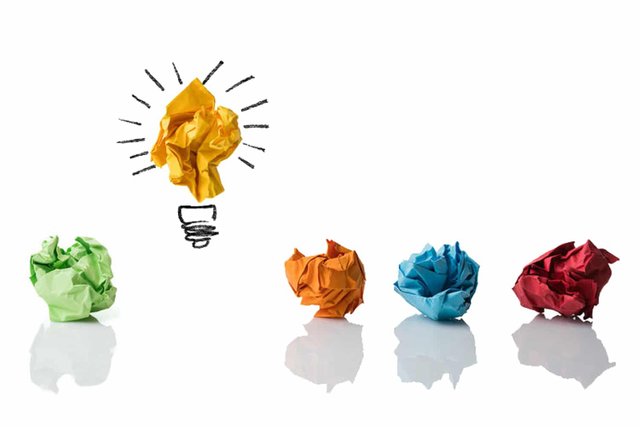When it comes to rewarding your creativity, there are two main types of rewards: Extrinsic and Financial. Using an ideapitcher can empower you to pursue your crazy ideas. In addition to financial rewards, it also allows you to share your creations with others. Here are some examples of reward systems:

Rewards for creative thinking
Rewarding your team for creative thinking can be an effective way to keep them engaged. There are several ways to do this, including awarding non-financial prizes for innovative ideas or trials, job rotation, and international assignments. In addition, it's important to give employees flexibility in their work. Encourage them to get involved with other departments and teams. They should also be given the opportunity to learn new skills. The rewards should be realistic and appropriate to the individual's role in the organization.
A recent study investigated the impact of rewards on creative thinking. They found that rewarding high-quality and original ideas increased the likelihood of high-quality ideas. In contrast, giving rewards for any idea reduced the quality of ideas.
Rewards for failure
According to a new study, managers should reward creative failure with something more meaningful than a material reward. Using a material reward as a reward for failure is counterproductive because it dampens the intrinsic motivation that drives creativity. A better alternative would be to provide a reward that tells employees they are competent and allows them to do something they want to do.
It is hard to predict whether an idea will succeed or fail. However, we need to be accepting of the fact that not everything will work out. Failure is often an important part of learning, and it is beneficial for the creative process. In addition, rewarding failure can help eliminate the stigma that accompanies failure.
Extrinsic rewards for creativity
The impact of intrinsic rewards on creativity is well-established. However, some factors seem to moderate the effects of these rewards. Proactive personality and job autonomy seem to play an important role in the interaction between intrinsic rewards and employee creativity. Interestingly, proactive personality is more likely to be associated with higher levels of employee creativity.
Research indicates that intrinsic rewards enhance the intrinsic motivation for a particular job. This motivation is considered a positive indicator of creativity. In general, intrinsic rewards represent pleasure, success, or achievement, and often result in individual or professional development.
Financial rewards for creativity
Financial rewards have been shown to have different effects on creativity. While money can attract suitors or entice people to work on a problem, it cannot produce a breakthrough idea. This research has practical applications for employers and people in creative industries alike. In fact, the rewards for creativity may even help to reduce the amount of creativity.
The importance of creativity is acknowledged by economists. Innovation and new ideas are key drivers of competitiveness in knowledge-intensive economies. As a result, companies must devise methods to incentivize creativity and nurture a culture of knowledge production. Creative performance can be harder to motivate than routine tasks, so companies should consider financial rewards as a means to increase employee motivation and creativity.